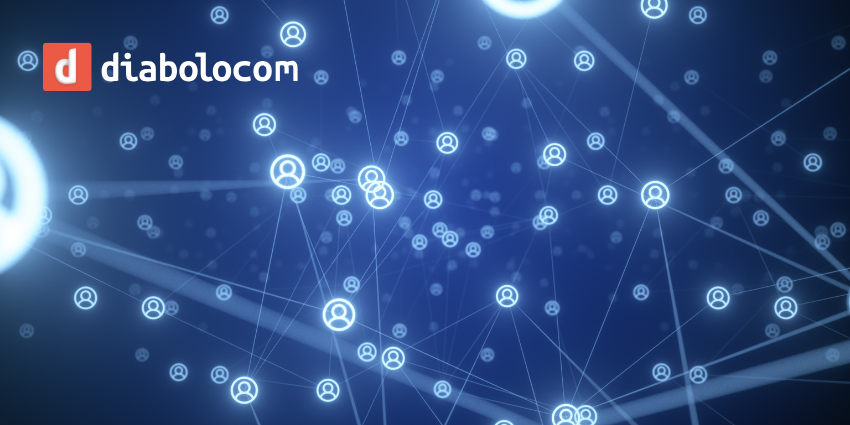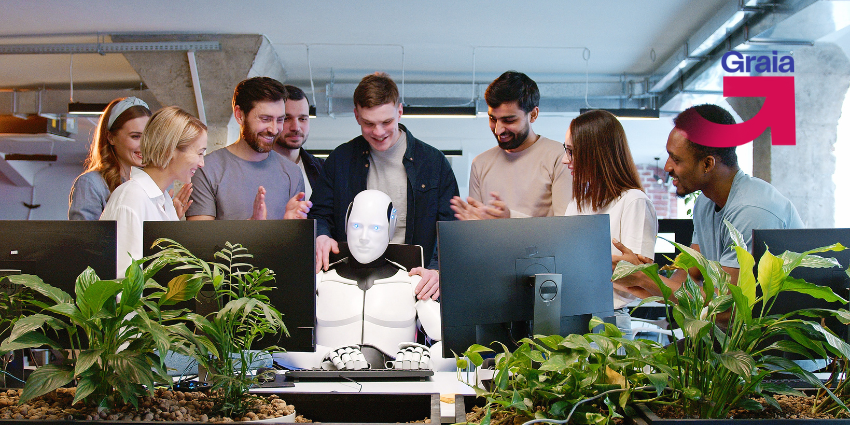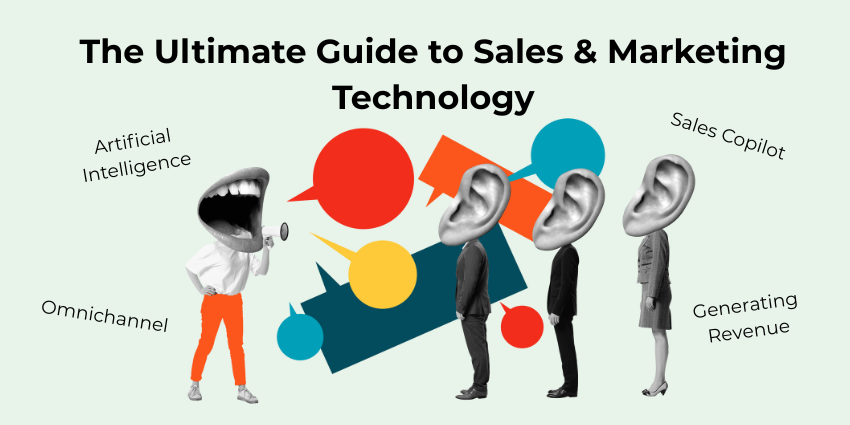If 2024 was the year of AI – not much is set to change in the year or so ahead. AI is reshaping the contact center landscape – transforming a largely reactive operation into a proactive, intelligent, and personalized customer experience. AI will continue to improve efficiency, empower human agents and pre-empt customers’ needs before they identify them. Here we explore the key benefits of AI in the contact center and how its role is set to set new standards for CX in 2025.
Companies are at different stages of their AI adoption and maturity – many have much work to do. Hannah Milborrow, Chief Product & Technology Officer at Local Measure, suggests that companies need to balance pushing the boundaries of AI capabilities with customers’ readiness. But what do contact centers need to be prepared to adopt in the near future?
The Benefits of AI in CX
It’s become clear that AI is driving innovation, empowering agents, and enhancing customer satisfaction in the contact center – setting a new standard for service excellence in a digital-first era. As AI increasingly handles more automation and decision-making within its guardrails, human agents will be freed to handle more specialized, complex tasks. Creating a positive working environment for human agents is key to retaining valuable talent – and AI can help support that.
Bot Management
Hannah emphasizes that AI agents are supporting human agents, rather than replacing them. The transition to more autonomous bot-to-bot interactions is still a few years away for most organizations. The vision is to move from a human-centric model to a hybrid human-bot model, which involves having “human-tending bots” that can assist and oversee multiple human agents.
The stages of this transition, as Local Measure sees it, are:
- Humans at the front, with bots supporting them
- Inverse the model – more bot-led interactions, with humans overseeing
- Bot-to-bot interactions – having bot supervisors managing other digital workers
Hannah emphasizes that the hybrid human-bot model is the future, but the pace and approach needs to be tailored to each customer’s specific needs and comfort level with AI. Maintaining the human element, at least initially, is important as the technology continues to evolve.
Future Trends
Hannah shared her view of the trends to watch for the year ahead, including:
- Increased Focus on Knowledge and Content Development
- Hannah predicts a bigger focus on having new “knowledge and content developer” roles
- The bots’ performance will only be as good as the data and knowledge they are trained on
- Ensuring the right content and data is available to feed the AI models will be critical
- Rise of the “Super Supervisor”
- Hannah envisions contact center managers and executives having a “command center” view
- Able to oversee and make decisions across both human agents and bot workers
- This “super supervisor” role will require the right metrics and visibility to prove ROI
- Seamless Bot-to-Bot Interactions
- Looking further ahead, Hannah sees bot-to-bot interactions becoming more common
- Bots will be able to communicate with each other, escalate issues, and coordinate tasks
- This will create a more autonomous, self-managing contact center ecosystem
This vision of the future involves a more centralized, data-driven approach to managing the contact center, with bots playing an increasingly prominent role alongside human agents. The ability to prove the business value of these AI investments will be key.
As AI continues to evolve, the contact center of the future will look vastly different than it does today. According to Local Measure, the path forward will involve a gradual, hybrid approach that leverages the strengths of both human agents and intelligent bots.
In the near-term, the focus will be on using AI to enhance agent productivity and efficiency, freeing up skilled human workers to handle more complex, high-value interactions. But as the technology matures, the vision shifts towards a more autonomous, bot-centric model, with AI-powered “supervisors” overseeing a workforce of digital workers.
Achieving this future state will require a concerted effort to build up the right knowledge, data and content to feed these advanced AI systems. It will also demand a cultural shift, as organizations navigate the emotional curve of AI adoption and get their customers comfortable with increasingly intelligent bots.
To find out more about Local Measure, head to the Local Measure website.







